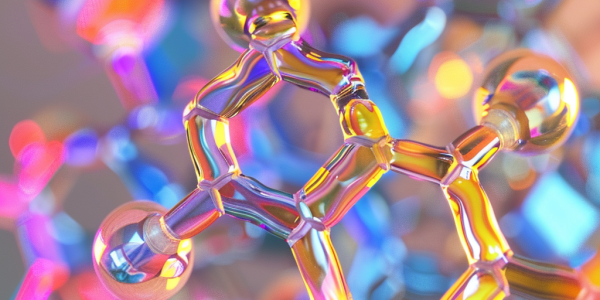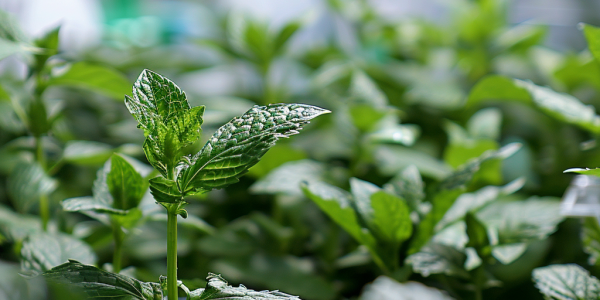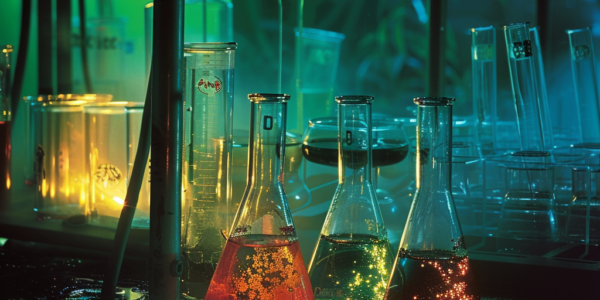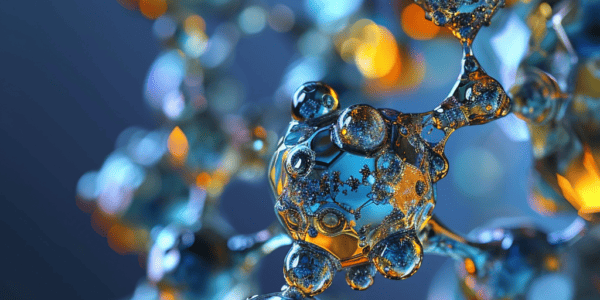Organic Compounds Show Promise as Sustainable Photocatalysts
Discover how organic compounds are revolutionizing the field of photocatalysis by offering sustainable and cost-effective alternatives to traditional metal photocatalysts. Researchers from the University of St Andrews have identified a group of four organic compounds that outperform conventional photocatalysts, showing strong reactivity and performance in various benchmark reactions. Learn how these compounds could provide industries with efficient and environmentally friendly solutions for chemical transformations.
New Menthol Derivatives Show Promise in Fighting Inflammation
Scientists have developed new compounds derived from menthol, known for its medicinal properties, to combat fat and inflammation. The study led by Professor Gen-ichiro Arimura from Tokyo University of Science discovered that menthyl esters of valine and isoleucine showed superior anti-inflammatory effects compared to menthol. Published in the Immunology journal, this research highlights the potential of these compounds in treating inflammatory conditions and opens up exciting possibilities in medicinal chemistry.
Researchers Discover Promising Compounds for Treating Parasitic Worm Infections
An international team of researchers led by the University of Toronto has discovered a family of natural compounds with potential as potent treatments for parasitic worms, offering hope for over one billion people affected by these infections. The study, published in Nature Communications, focused on targeting a molecule essential for the parasite’s survival while sparing the human host. This groundbreaking research highlights the urgent need for innovative anthelmintic drugs to combat drug-resistant parasites and offers promising avenues for developing more effective therapies.
Chemists Create Highly Reactive Chemical Compound After 120-Year Stump
Chemists at the University of Minnesota Twin Cities College of Science and Engineering have achieved a groundbreaking feat by creating a highly reactive chemical compound that has stumped scientists for over 120 years. This significant discovery opens up possibilities for new drug treatments, safer agricultural products, and enhanced electronics, as reported in Science. The breakthrough in synthesizing N-heteroarenes, despite their high reactivity, was made possible through specialized experiments conducted under controlled conditions at the University of Minnesota. This novel chemical compound holds great promise for advancements in medicine, agriculture, and technology.
Synthesis of Pantetheine Under Everyday Conditions Suggests Origins of Life
Researchers have synthesized pantetheine, a crucial component of acetyl coenzyme A, under everyday conditions, suggesting it could have formed naturally on early Earth. This finding could have implications for the origins of life and the synthesis of biologically crucial chemicals.
Breakthrough in Understanding Venusian Cloud Composition
Researchers from the University of Cambridge have made a significant breakthrough in understanding the mysterious composition of Venusian clouds. In a recent study published in Science Advances, scientists have identified a missing component that contributes to the unique color and…
Groundbreaking Discovery in Fight Against COVID-19
Researchers at the Dana-Farber Cancer Institute have made a groundbreaking discovery in the fight against COVID-19. Their study has revealed that a novel compound, specifically designed to obstruct the ‘landing gear’ of various harmful viruses, has demonstrated significant potential in…
New Molecular Interactions Uncovered Through Crystalline Sponge Technique
A groundbreaking study has recently uncovered new possibilities in molecular interactions through the use of the crystalline sponge technique. The study focused on the encapsulation of 14 organic compounds within a crystalline sponge called Co3TPHAP, revealing the intricate dance of…








